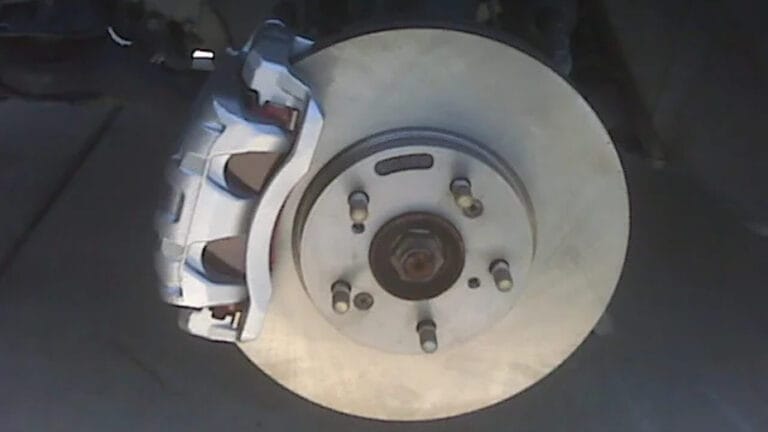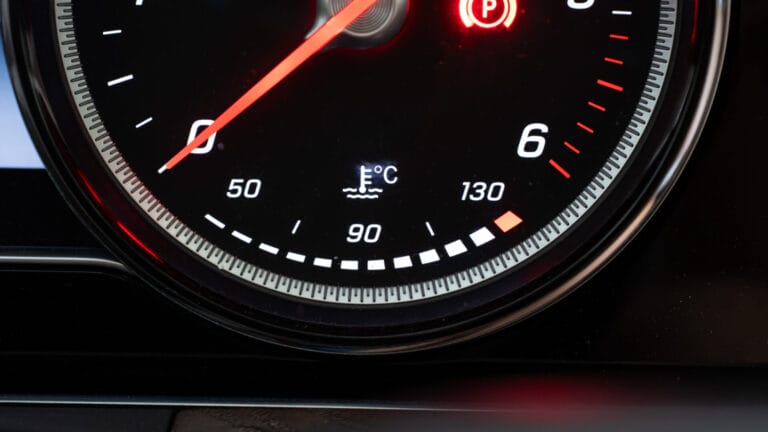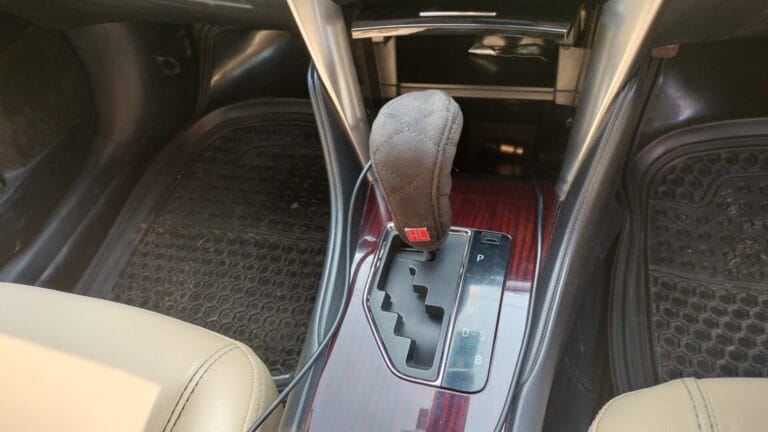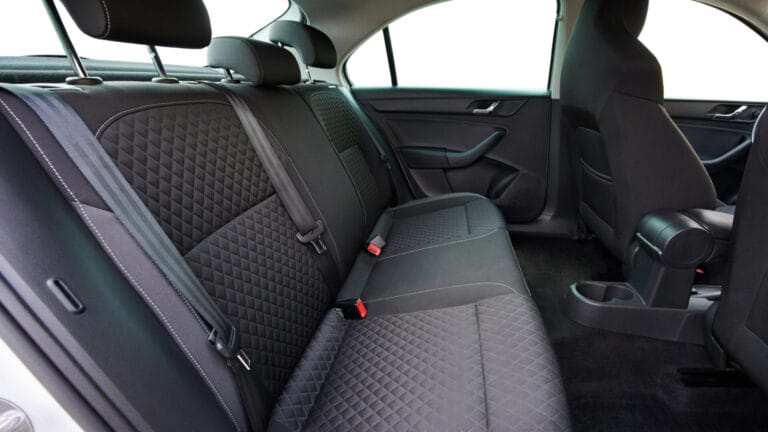Car Loses Power When Turning Corners | 6 Reasons and Fixes
While you take a turn, every mechanism of the vehicle must perform effectively. Otherwise, the imperfect turning will make you frustrated and can even cause accidents. Following this, if your car loses power, turning it into a serious matter. So,
why does a car lose power when turning corners?
Low power steering and transmission fluids can cause this issue. Also, a bad fuel pump, steering switch, wirings, spark plug, and alternator can trigger the power loss scenario. We discuss all these causes in detail, moreover, we’ll provide a detailed guide on how to fix them yourself! So, without further ado, let’s check them out!
Causes and Solutions at a Glance:
The following table is designated to provide a brief overview of the causes and solutions of power loss in your car while taking a turn.
| Cause | Solution |
| Low-power steering fluid | Add fluid to the maximum level |
| Low transmission fluid | Add fluid to the maximum level |
| Bad fuel pump | Replace the fuel pump |
| Bad power steering switch | Replace the switch |
| Bad wiring | Remove the rust, tighten the loose connection |
| Bad alternator | Replace the alternator |
| Stuck brake pad | Do lubrification of the pins |
| Clogged air filter | Clean the air filter |
Car Loses Power when Turning Corners: Causes and Solutions in Detail
Now that you know the gist of the causes, in this section, we detail those causes while providing solutions.
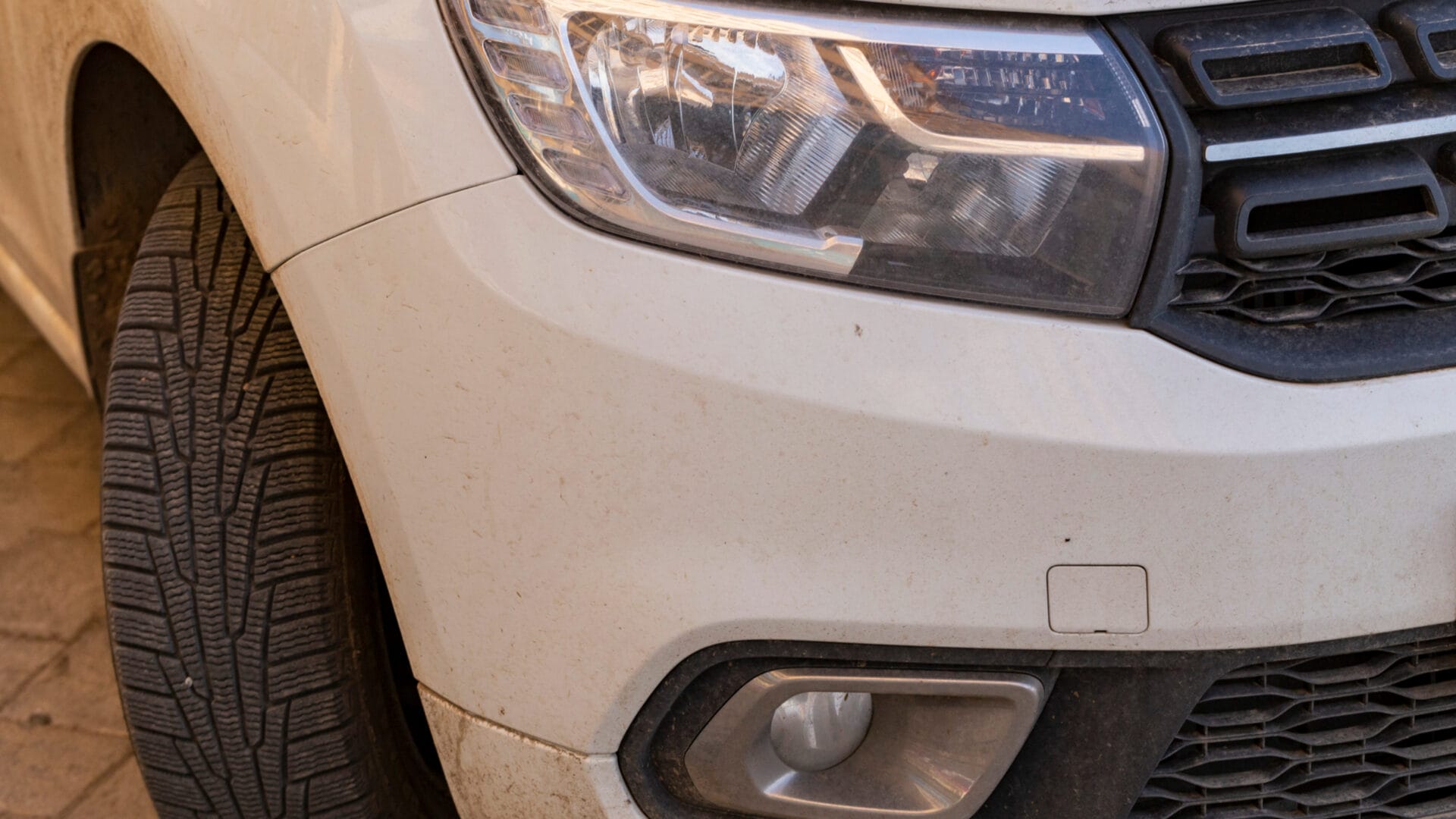
Low Power Steering Fluid
The power steering fluid is responsible for generating sufficient hydraulic pressure to aid in steering. So, when the power steering fluid level is below the allowed limit in the reservoir, the power steering system struggles to build sufficient hydraulic pressure.
Following this, you experience resistance when trying to maneuver the vehicle.
How to Fix
The following is the process to solve the low-power steering fluid issue.
- Step 01: Locate the respective reservoir. The power steering fluid reservoir is usually located under the hood and at the passenger’s side.
- Step 02: Open the cap carefully and use a dipstick to measure the fluid level. You will see it below the minimum mark.
- Step 03: Pour in the new power steering fluid and make it touch the maximum mark. You are done.
Low Transmission Fluid
Transmission fluid lubricates the transmission’s components, which ensures your engine operates at its best. When transmission fluid runs low, it directly impacts your engine’s ability to perform.
Here, low transmission fluid doesn’t only result in gear slippage; it also reduces the pressure needed to shift gears promptly. This sluggish gear engagement results in the engine needing to deliver its full power. Finally, it hampers your vehicle’s speed and responsiveness.
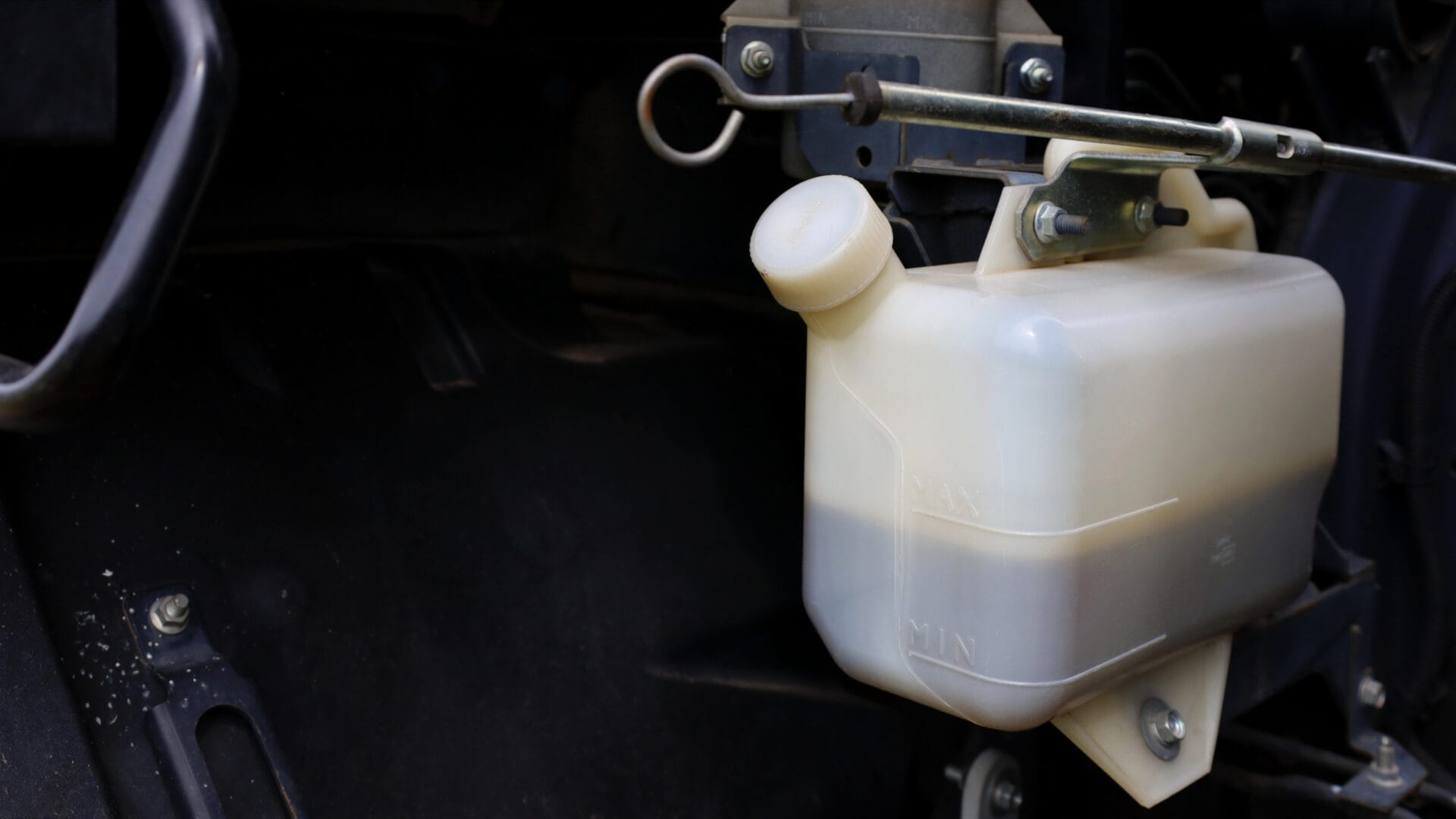
How to Fix
Here, we elaborate on fixing the low transmission fluid issue.
- Step 01: Identify the transmission fluid reservoir. It is generally located near the transmission unit. In general, it is a white color container with a label of “transmission fluid.”
- Step 02: Open its cap and use a dipstick to measure the fluid level. You will find the fluid level is below the allowed limit.
- Step 03: Pour in new transmission fluid till it hits the maximum mark on the container. Also, you can use a dipstick to measure. Now, your job is finished.
Bad Fuel Pump
When you maneuver the car while turning, you work on the accelerator, brake, gear, etc. altogether. All these activities seek more fuel to support the increased need for power.
But, if the car’s fuel pump is bad, it cannot circulate the required amount of fuel to the engine system, resulting in a loss of power while turning.
How to Fix
- Step 01: Turn your car’s key to “run.” If you cannot hear any sound that indicates that the pump is priming, then it is gone. You need to replace the pump.
- Step 02: To be more sure, go further with the testing.
- Step 03: Turn your car’s key to “run.” The tester should show a 40 PSI of pressure on the pressure gauge. If it is below 40 PSI, you need to replace the pump.
- Step 04: Now, check the fuel pressure regulator. Find it on the fuel rail with a vacuum line attached. Look for gas odors or leaks.
- Step 05: Check the fuel injector’s condition. If there are any damaged O-rings, then the pump is letting fuel escape. You need to repair that one. However, it is not a DIY process.
- Step 06: If the injectors are fine, it’s time to look at the fuel pump and its check valve. A faulty check valve can cause fuel pressure to drop.
- Step 07: If the fuel pump needs a replacement, get professional help; a DIY is not effective in this case.
Bad Power Steering Switch
The power steering switch works to determine the need to increase or decrease hydraulic pressure in the steering system. Use an LED tester to check whether the switch is okay or not. If it is bad, you need to replace it. A bad switch cannot do that and results in low power generation while turning.
How to Fix
- Step 01: The switch is usually located between the battery and the power steering reservoir. Here, you will find a high-pressure line. Disconnect that line’s connector at the switch end.
- Step 02: Now, use an 18 mm open-end wrench to hold the line in place, and use a 7/8-inch socket wrench to loosen the power-steering switch. Then, by using a hand, remove it. And install a new one.
- Step 03: Reconnect the high-power hose and the connector. You are done with the replacement.
Check out this YouTube video to learn more about changing a power steering switch.
Bad Wirings
A bad wiring in terms of engine grounding can also cause power loss while turning. When your car turns a corner, it gets jolted a bit. If there are loose or rusty wires and connections, this jolting can be a problem.
Also, if the connection is loose, it can interrupt the flow of electricity, causing important parts like the engine, fuel pump, etc., to lose power.
How to Fix
Here, we describe how to fix this particular wiring or grounding issue.
- Step 01: If the joint is rusty, use a rust-removal spray to get rid of it.
- Step 02: If there are any loose connections, do the tightening properly.
Bad Alternator
While turning, you need more power. But, if the alternator is bad due to aging-related wear, it cannot charge the battery adequately. When the alternator isn’t working properly, it can’t recharge the battery well when the engine is on. This makes the battery lose power faster than it should.
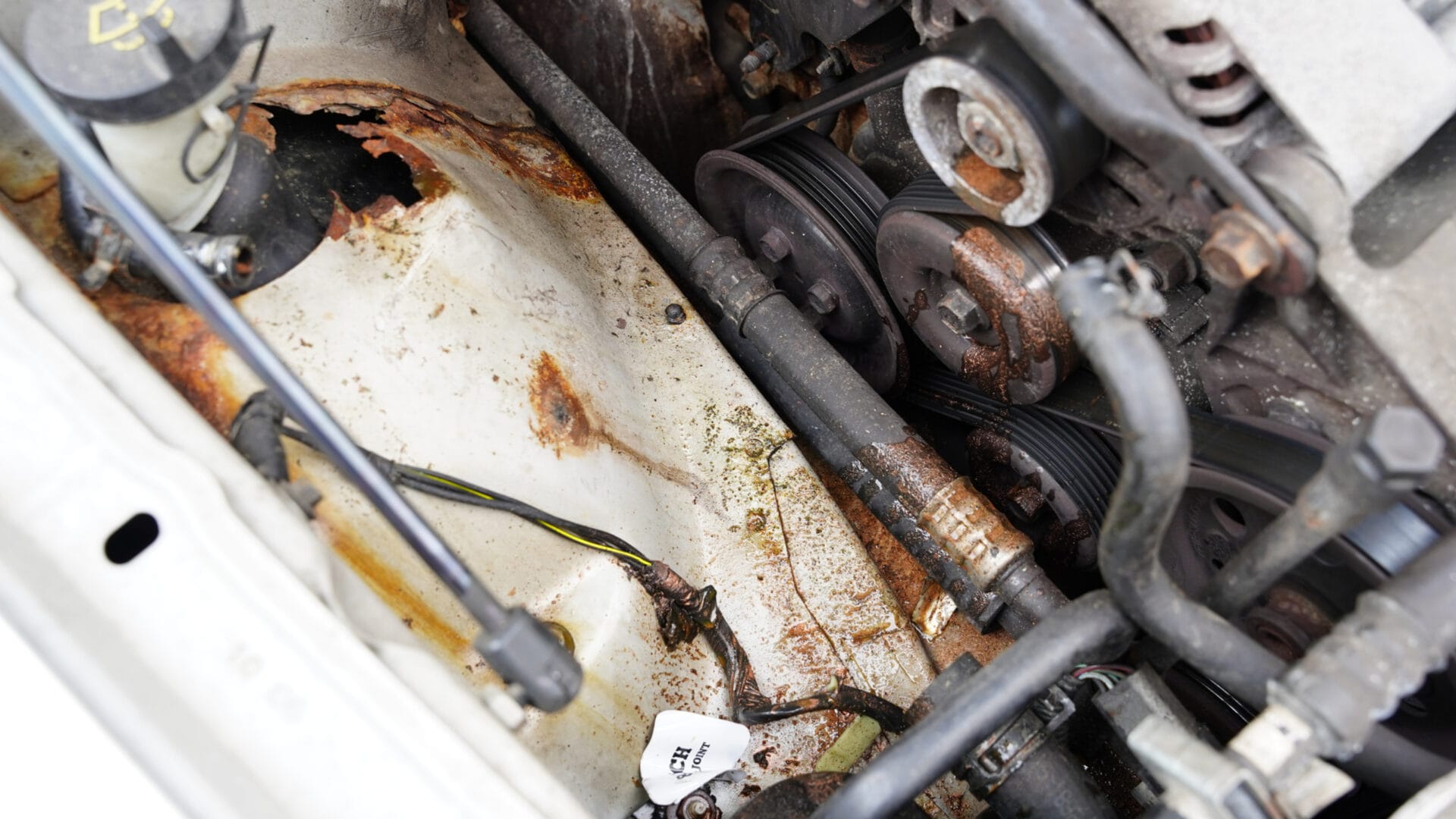
How to Fix
Below is the process of replacing a bad alternator.
- Step 01: Disconnect the battery connections.
- Step 02: Make loose the belt tensioner.
- Step 03: Make removal of the serpentine belt.
- Step 04: Remove the harness of the wiring and respective connector.
- Step 05: Remove the bad alternator and install a new one.
- Step 06: Do fixing in the reverse manner.
Could the Loss of Power When Turning Corners Be Related to the Car Revving Up When Starting?
Could the loss of power when turning corners be related to the car engine revving up at startup? It is possible. The revving up of the car engine at startup indicates an issue with the engine’s performance, which could potentially affect power delivery when turning corners. It is recommended to have the car inspected by a professional mechanic to diagnose and address any underlying issues.
FAQs
Here, we answer some common and relevant questions regarding engine power loss.
How does a clogged air filter reduce the power of the car while turning?
As the air filter collects dust and debris over time, it obstructs the airflow into the engine. This blockage disrupts the balance between air and fuel. This disruption results in the engine getting less oxygen than it needs. The consequence is a drop in power.
How does a stuck brake pad reduce the power of the car in taking turns at corners?
A stuck brake pad triggers excessive resistance and obstructs the transfer of power from the engine to the wheel. This issue makes you feel that the car is producing less power.
Do road conditions play a role in power loss during turns?
Yes, road conditions matter. Slippery or uneven surfaces can lead to power loss as the car’s systems work to prevent wheel spin and maintain traction.
Final Words
We hope that now you have a clear answer to why a car loses power when turning corners. To get rid of this issue, first identify the cause from the ones mentioned and apply the respective resolution approach.
By applying the fixing methods, you can mitigate power loss during cornering, ensuring your vehicle’s optimal performance. However, regular maintenance of the vehicle can provide you with a good result. If you do scheduled maintenance, there is very little possibility that your car will lose power when turning the corners.

